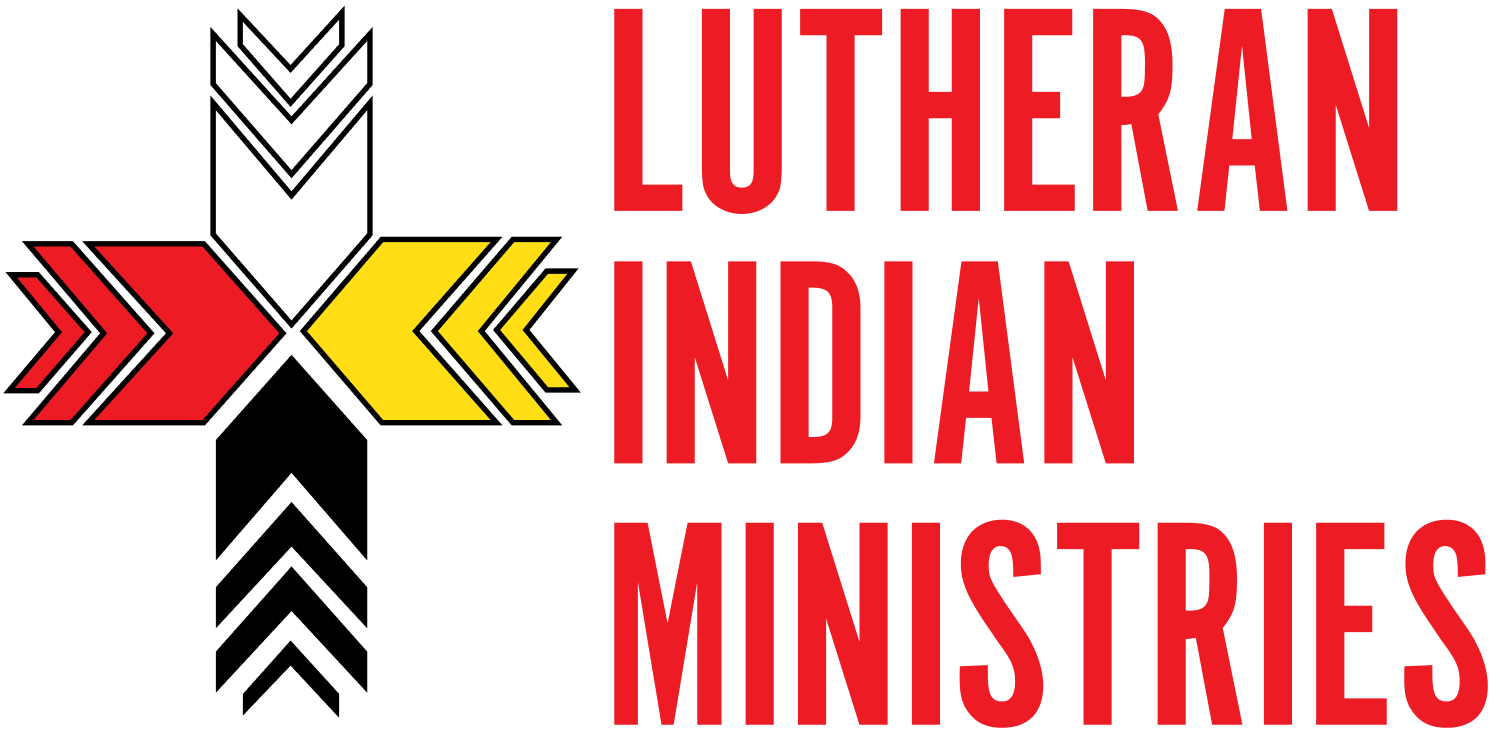This Week in Native American News: the United Nations conference room, an Oklahoma classroom, and a Hawaiian stage
March 17, 2017
Great people doing great things: Group helps trafficking victims
Breaking Free is a group run by survivors of trafficking in St. Paul that helps women still trapped in a life of prostitution break away.
Native Americans make up less than 2% of the overall population in the United States, but in the Minneapolis area at least, they make up almost 25% of arrests for prostitution. The disproportionate number of Native women involved in sex trafficking isn’t limited to the Minneapolis area; in fact, it bears out globally. Around the world, indigenous women are overrepresented as victims of trafficking compared to dominant populations, according to the United Nations.
“The objectification of Native women and trafficking have been there from the very beginning,” said Patina Park, the executive director of the Minneapolis Indian Women’s Resource Center.
When women and girls finally decide to get help, Breaking Free offers help with food, housing, hygiene products, and a support group — Sisters of Survival — where they can find acceptance among other women who have been “in the life,” too.
Read more here
Indigenous Artists Share their Christian Faith
**This article pertains to Indigenous Australians, who have suffered a similar past as the Native Americans and the indigenous peoples of Canada. A major difference: 73% of Indigenous Australians label themselves as Christians, compared to less than 5% of Native Americans.**
The result is a large and lushly produced book named Our Mob: God's Story.
The book represents an important shift in the thinking of Bible Society, which since its early days has been primarily devoted to distributing copies of the Bible and "spreading the word".
But as Bible Society Australia chief executive Greg Clarke admits, the languages of the heart are different for different people.
For Indigenous Australians, he says, pictorial forms of communication are embedded in their traditional art.
Read more here
A seat at the U.N. Table
The Commission on the Status of Women will take place at the United Nations Headquarters in New York from 13 to 24 March 2017.
The Commission has identified the empowerment of indigenous women as the emerging issue/focus area for its 61st Session in 2017 on the occasion of the 10th anniversary of the UN Declaration on the Rights of Indigenous Peoples, responding to indigenous women’s concerns, reflected in recommendations of the Permanent Forum on Indigenous Issues (2015) and the outcome document of the 2014 World Conference on Indigenous Peoples.
Read more here.
Way to go, Oklahoma!
Oklahoma's American Indian students continue to lead the nation in math and reading scores. The 2015 National Indian Education Study (NIES) released Tuesday shows significant gains in reading for Oklahoma fourth-graders, who scored 19 points above the national average.
Oklahoma's American Indian scores in fourth- and eighth-grade math and reading have consistently been above the national average since the test was first administered in 2005.
"We are immensely proud of our American Indian students and their achievements on the Nation's Report Card," said State Superintendent of Public Instruction Joy Hofmeister. "More than 130,000 American Indian schoolchildren are in our public schools – the highest number in the country. We take our responsibility to them very seriously and are committed to their success. They continue to outpace their peers across the country, which is a testament to their ability and the hard work of their parents, teachers, and communities."
Read more here
Hawaiian Musicians Bring their Story to the World
Art and activism in Hawaiʻi are fundamentally intertwined. Native Hawaiian artists use poetry, art, mele (songs), ʻoli (chant), and hula (dance) to share individual visions of Hawaiʻi, intertwining family history, their connection to the land, and the legacy of the indigenous people. These stories are inherently rooted in resistance given the continuing tumultuous political history of the Kingdom of Hawaiʻi, formally established in 1795. From colonization to the overthrow of the Hawaiian Monarchy to statehood and continuing to this day, Native Hawaiians have been fighting for the sovereign rights of their land and their people.
Grammy-winning mele singer/songwriter Kalani Peʻa, spoken word poet Jamaica Heolimeleikalani Osorio, and pop singer/songwriter Kimié Miner belong to a growing number of Native Hawaiian artists connecting with audiences around the world. Within Hawaiʻi, their generation is empowering young people to become creators and storytellers through contemporary musical styles, expanding on ideas of what Hawaiian art and activism mean today. At a time when many Americans are looking to better connect with each other by sharing their truths, Hawaiians are reaching out with art that reflects their own struggle and resistance.
Read more here
Love oregon trail? Check this out.
Oregon Trail creator, Don Rawitsch, wants to see his game reimagined from the Native American perspective.
In his research, while working on Oregon Trail, which included reading travelers' diaries, he discovered it was common for Native Americans to offer aid to any travelers they encountered.
We'll be waiting!
Read more here.
It's hard to fit so much news in such a small space.
To read all of this week's news, visit the LIM Magazine.
Sign up to get these emails in your inbox and never miss a week again!







